
Candace Cody
Last month Rob Wu, CEO of CauseVox, shared tips he learned from some successful peer-to-peer fundraising campaigns. Today, Candace Cody of CauseVox joins us to talk about how to start your own peer-to-peer fundraising campaign. ~Kristina
Guest Post by Candace Cody of CauseVox
Peer-to-peer fundraising campaigns yield significant benefits: more donations, more awareness, more relationships, and plenty of supporters to share the load.
But if you haven’t done one before, getting started can feel overwhelming.
We’ve outlined six simple steps to starting your first peer-to-peer fundraising campaign, with a few examples from Shower Strike’s campaign on CauseVox, our peer-to-peer fundraising platform.
Shower Strike’s campaign focused around asking participants to go without showering for a week in order to raise funds to provide clean water to people in African communities. To take an inside look of their fundraising tactics, check out our previous guest blog post.
1. Set A Goal
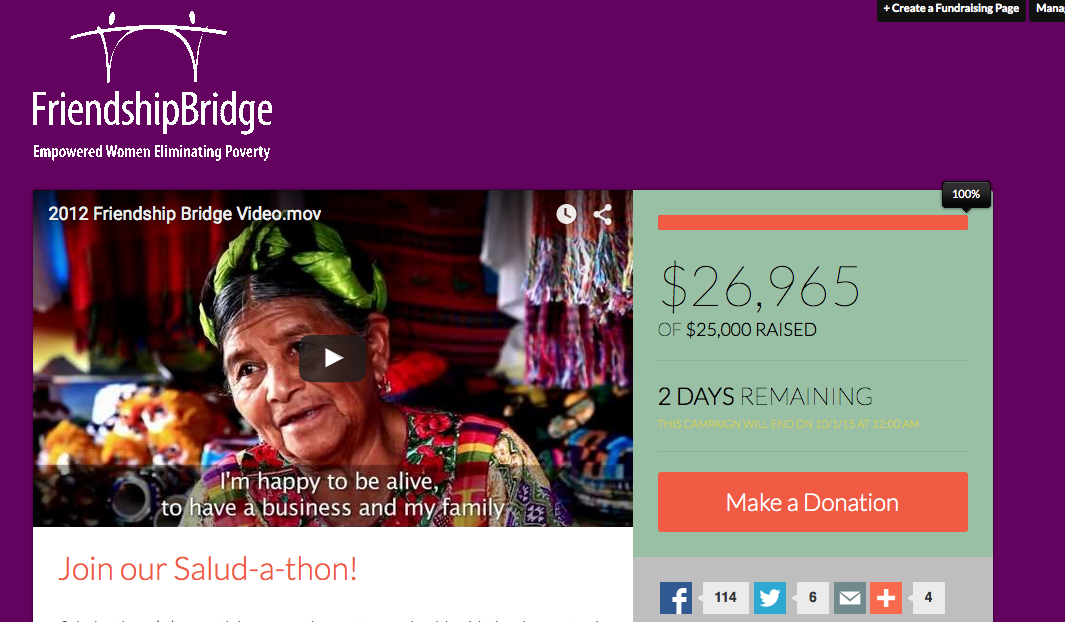
The main reason you are starting this campaign is to raise funds. So start there.
Setting a financial goal for your campaign does two things right from the beginning: it gives you a clear number by which to measure the success of your campaign and it provides a motivating tool for the duration of your campaign.
Everyone responds well to a clear goal and this one will encourage responses from everyone who sees your campaign—from your team to your supporters.
Not sure what your goal should be?
One way to set a goal is to figure out how much you need to raise based on the needs of your cause or event.
Is there a specific number that will move your work forward? You might also consider how much you can realistically raise and set your goal accordingly—a strong option if this is your first peer-to-peer campaign and you aren’t sure what the response will be.
Calculate your financial hopes and remember to set a timeline around achieving your goal.
2. Craft A Compelling Story
People don’t engage with campaigns. They engage with stories.
They find themselves enthralled with characters and narratives and themes. Then they give to become part of the story or to do something that will change the ending.
Check out this excerpt from one of Shower Strike’s blog updates, written by the founder Sarah Evans, which shows how Shower Strike has grown and the impact that can be done when so many supporters unite together:
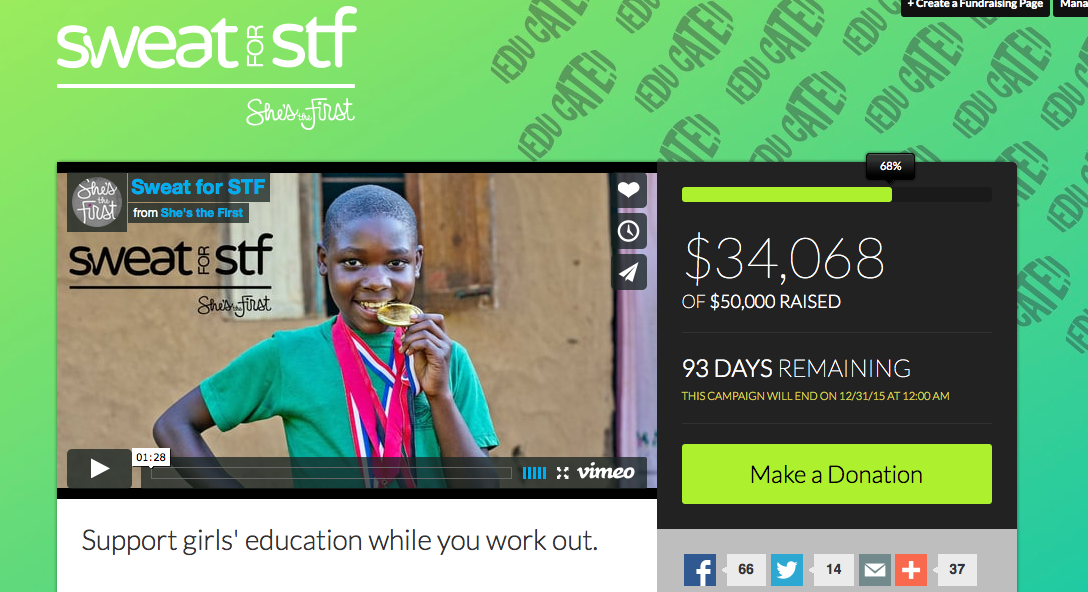
Inspiring, isn’t it? Sarah shows that Shower Strike began with friendships and gives all her supporters the feeling that they are her friends too, all the while working together to create a great impact.
Think about which themes of your work are most engaging. Look through your stories from the field, your case studies, or your supporters. Explore your successes and the areas in which the most work still needs to be done.
If you’re struggling to develop a narrative to shape your campaign around think about this: what conflict are you working to resolve that your supporters can help resolve alongside you?
3. Create A Campaign
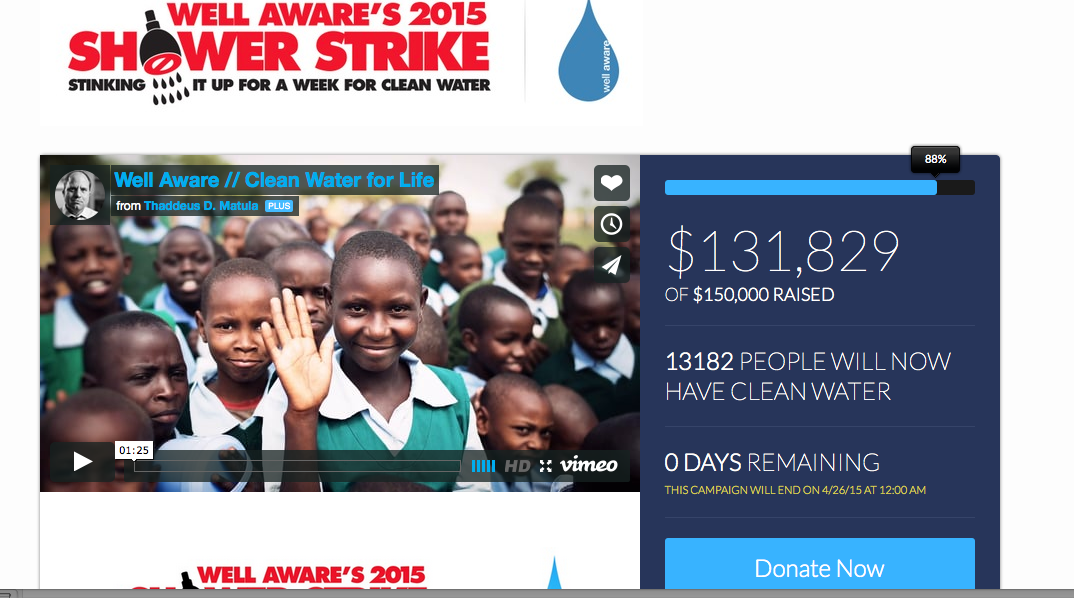
Once you have a goal and a story, now you’re ready to create your campaign.
An online campaign serves as your home base, where your fundraisers can hear your organization’s story, check in for regular updates, and refer back to track the progress of the campaign.
Create a fundraising website that reflects your brand, and be sure to include a strong call to action as well as methods for people to share your story and campaign.
4. Publicize Your Campaign
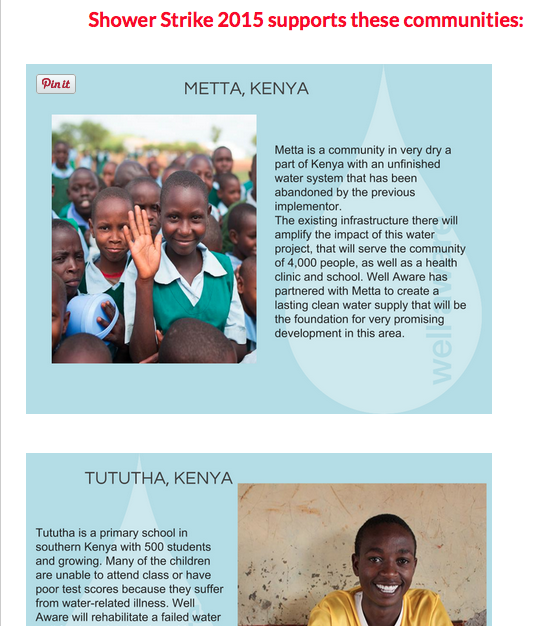
The online world is crowded and noisy so you will have to do much more than just setting up your campaign.
You’ll have to let people know about it, ask them to share it, and remind them of it regularly.
Make use of both nonprofit and individual resources to spread the word. Some ways to do this include:
- Reaching out to your existing email list (or start one for your campaign!) and sending updates and information to remind people of your campaign
- Creating a social media plan that includes promoting your campaign to your audience, reaching out to high-profile supporters, local celebrities, and the media
- Developing and sending a press release to relevant media outlets (both online and off)
- Connecting with partners in person and let them know about your campaign / ask them to help spread the word
Use every means available to you to get the word out.
5. Show Gratitude To Participants.
The people who shared your campaign or donated to it did so because they care about your work and your cause. So show them that you care about them too. Thank your fundraisers in general or individually.
Tag fundraisers and donors on social media with genuine expression of thankfulness for their generosity. Send emails to individual fundraisers or in teams and call out specific names. You could even write handwritten cards!
Take a look at what Shower Strike wrote to their supporters on Facebook, thanking them and showing them the impact they made:
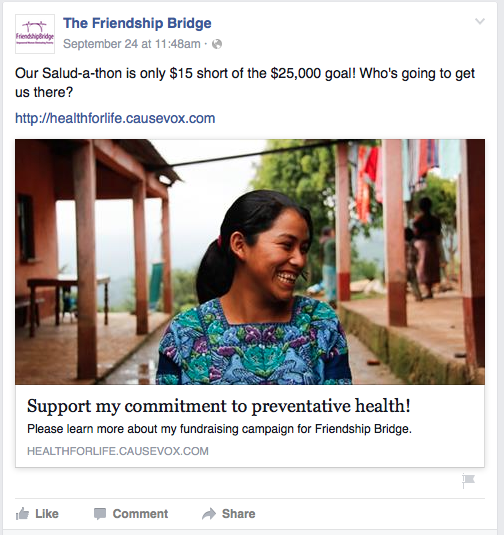
6. Stay In Contact With Participants.

Some of the biggest benefits of a peer-to-peer fundraising campaign, beyond the money you raise, are the relationships you develop.
You’ll likely deepen your relationships with existing supporters and create new ones along the way. Continue to nurture those even after your campaign is complete. Consider these options when looking to keep in touch with fundraisers:
- Build a weekly campaign newsletter. Update your fundraisers on progress, rally enthusiasm, share fundraiser stories.
- Create or add supporters, both new and old, to your nonprofit’s general newsletter to stay in touch with you between campaigns.
- Stay in touch on social media. Follow them on Twitter and invite them to like your organization page on Facebook. This will help maintain a relationship and show them your nonprofit cares about them, too!
- Create an in-person event where your supporters can not only get to know the people at your organization, but they can get to know each other!
- Ask for their feedback. Participants who feel their voices are heard will help to develop a two- way relationship, and help you to improve your strategy for your next peer-to-peer campaign!
What have you learned from starting your own peer-to-peer fundraising campaign?
Candace Cody is the Fundraising Insights Editor at CauseVox, a platform that helps nonprofits create fundraising websites. She works to empower nonprofits on crowdfunding best practices and curates the latest fundraising insights on the CauseVox Blog.






